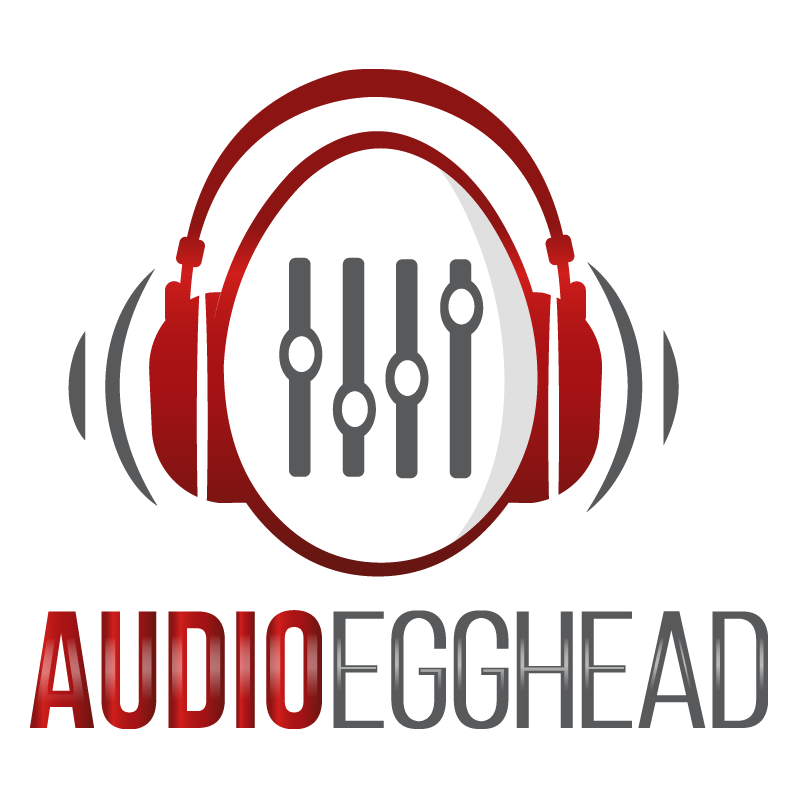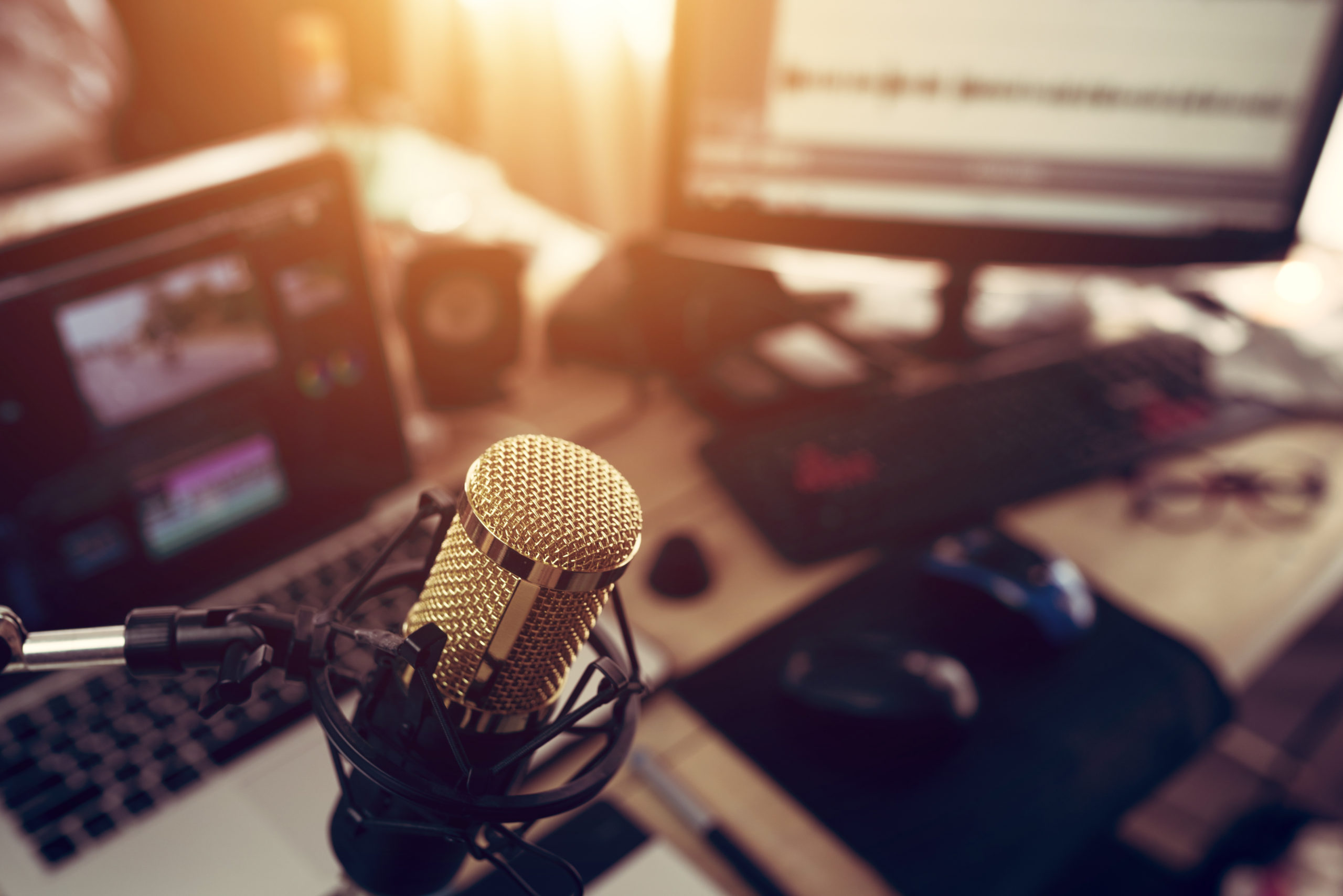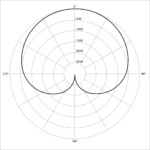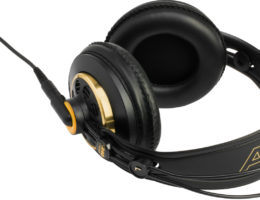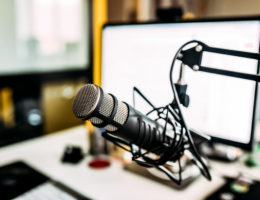If you’re putting together a home studio, one of the first pieces of equipment you’re going to need is a microphone.
Everything you do on the editing side is dependent on getting a good sound capture. A low-quality mic just isn’t going to cut it. You need to get the best recording you possibly can, or you’re going to be severely limited when it comes to sound quality.
But what type of microphone do you need for a studio?
There are seemingly endless varieties to choose from, especially if you’re new to the game. If you do a little investigating, you’ll come across quite an assortment:
- Dynamic microphones
- Ribbon microphones
- Bass microphones
- USB microphones
- Shotgun microphones
- Boundary microphones
- Multi-pattern microphones
- Condenser microphones
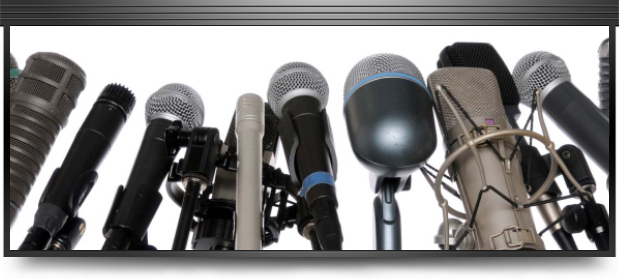
So which one do you get?
Many of these microphones have their specific uses. The most important types to know are dynamic microphones and condenser microphones. Dynamic microphones are widely used. They are especially good for live performance.
Condenser microphones are particularly popular for creating music in studio, because of their high fidelity. They pick up a higher amount of the input signal. Because of this, they capture the most accurate representation of the sound in the room. That’s why they are a constant favorite for recording studios.
1. What is a Condenser Microphone?
A condenser microphone is sometimes called a capacitor microphone. It captures sound through the movements of a metallic diaphragm. This diaphragm fluctuates as it is struck by sound waves from a singer or instrument.
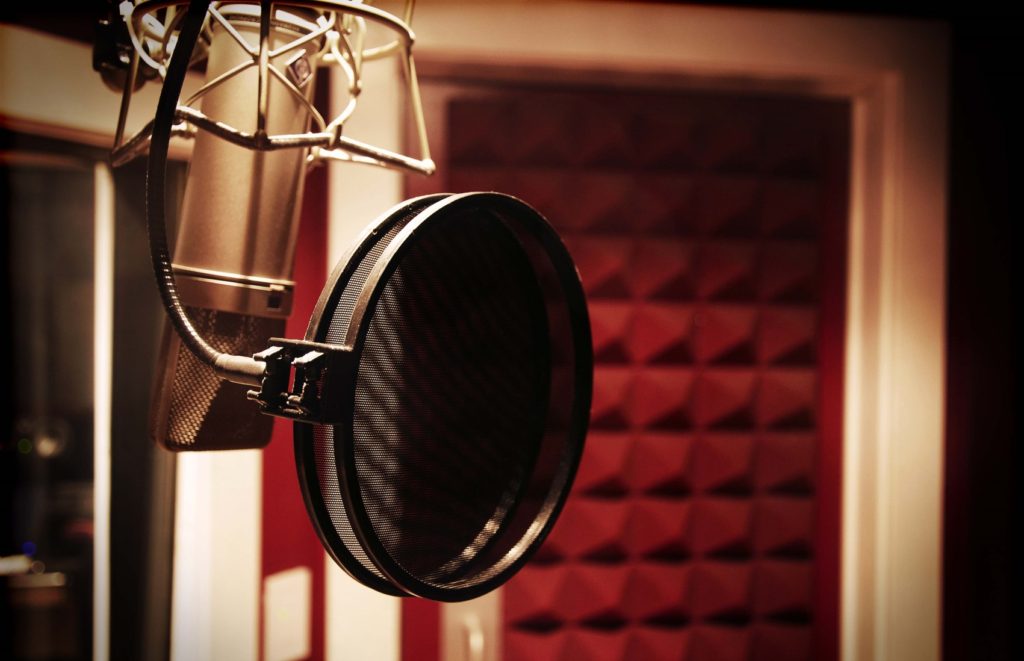
The diaphragm is mounted in front of a static plate which forms a capacitor. The movements of the diaphragm change the size of the capacitor, which results in an electronic signal that can be broadcast as sound.
This is quite an amazing piece of technology when you think about it. The sound signals are being created by two pieces of simple material that aren’t even touching. In fact, it’s the changing distance between them that is creating the sounds.
This simple design allows condenser microphones to capture a very wide frequency range. If you’re trying to get a rich and accurate recording, that’s a very good thing.
Condenser mics also have a high level of transient response, which is another component of getting a quality sound capture.
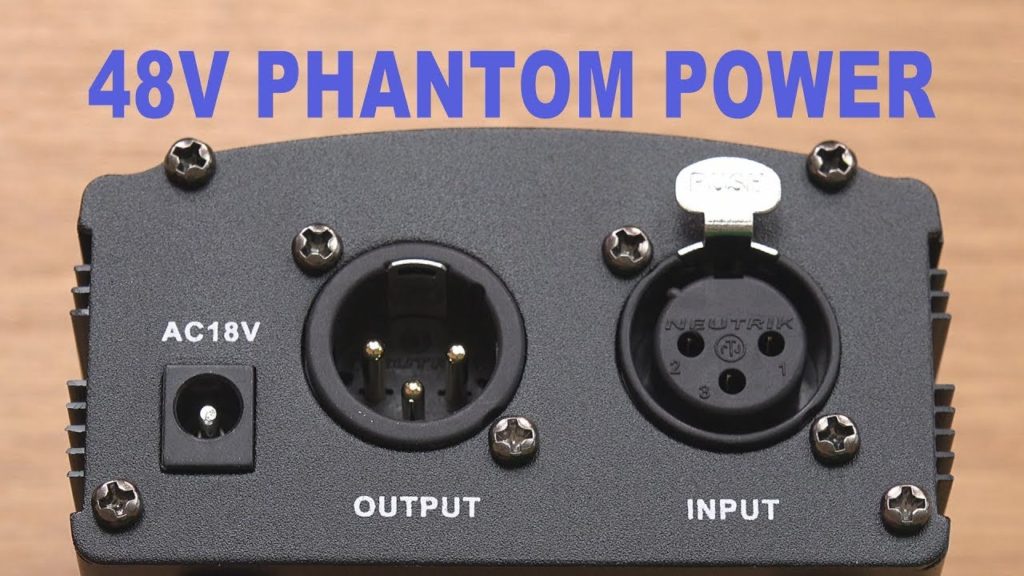
One challenge with condenser mics is that they do require a power supply. You will have to hook them up to some form of phantom power. These are often 48 volt systems that come from external power supplies. Luckily, most audio interfaces come with phantom power built right in.
Keep in mind, in order to utilize and audio interface’s built-in phantom power, you must hook up via XLR cable, even if 1/4″ inch is an option. The power doesn’t travel through your 1/4″ aux cable.
Some of the advantages of condenser microphones are:
- Widest frequency response
- Especially good at capturing high frequency
- Best transient response
- Higher sensitivity and lower noise
- Lighter assembly that is easier to move
- Small design
2. What Variations Of Condenser Microphones Are There?
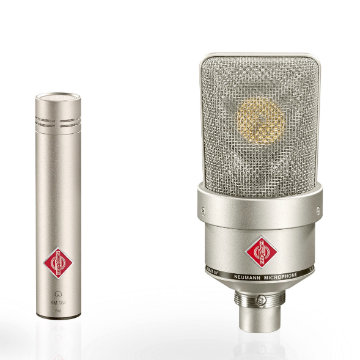
Not all condenser mics are the same. There are both large and small diaphragm condenser microphones that have specific recording advantages.
Large Diaphragm
Large diaphragm condenser microphones are particularly effective at picking up low-end frequencies with high sensitivity.
Small Diaphragm
Small diaphragm condenser microphones are very good with high frequencies.
What to Use and When
As a general rule, large diaphragm condenser microphones are best suited for recording vocals. Small diaphragm condenser microphones like the MXL 603S are best suited for recording instruments.
This isn’t the case with absolutely all sorts of instruments. For instance, a small diaphragm condenser microphone will be ideal for recording acoustic guitar. It won’t be as well-suited to recording kick drums.
For recording drums, a mix of condenser and dynamic mics can actually be ideal. In fact, many professional live recordings use a mix of these mics to capture the full range of sounds.
Some Good Condenser Microphone Options
Large Diaphragm Options
Looking for a large diaphragm condenser mic? When should you get one of these?
These models are often the go-to choice when you want a deeper sound. They warm the sound a bit, generating a richer result at the lower range. There are a lot of good options here, like the Audio Technica AT2035.
This type of mic has a slower transient response than a small diaphragm condenser. This makes it better suited to capturing low frequencies. Any instruments that live on the low end (think cellos, bass, bassoon, etc) will benefit here.
Small Diaphragm Options
![]() For a few good small-diaphragm mics, you might look at the AKG Perception 700.
For a few good small-diaphragm mics, you might look at the AKG Perception 700.
It’s safe to say that for a lot of contemporary music, a small diaphragm will be the way to go. A pair of small diaphragm condenser mics are great for stereo recording. Set up 2 mics for your guitar and hit record—a full, stereo sound is the result.
Great for guitar and a plethora of other instruments.
Additional Considerations
Always remember that the quality of your recording is not based exclusively on your microphone. The positioning of the microphone with respect to your instrument can have a noticeable affect on the recording.
So can the acoustics of the room where the recording is made. It is also fun to experiment with making different recordings with different microphones in different places. That will help you to get an idea of what kind of sounds you can capture. Enjoy recording with your microphones. You might find that setting them up and adjusting them is a great way to inspire your creativity.
Don’t Forget the Accessories
One thing to keep in mind: no matter what kind of diaphragm condenser you use, if you’re recording vocals, you definitely want a pop screen / pop filter. The mics are sensitive and it will be very easy to wind up with a lot of sibilant sound or vocal noise on the recording.
3. Why Choose A Condensor Mic?
Widest Frequency Response
It doesn’t matter what notes you hit if your microphone can’t pick up the sound. Condenser microphones have the widest frequency response of all microphones which means you aren’t going to have distortion inserted into your track because of the limitations of your microphone. Remember, however, that in order to get the best recording you need to get a high-quality microphone. An inexpensive condenser microphone might not perform well enough to give your sound the recording quality it deserves.
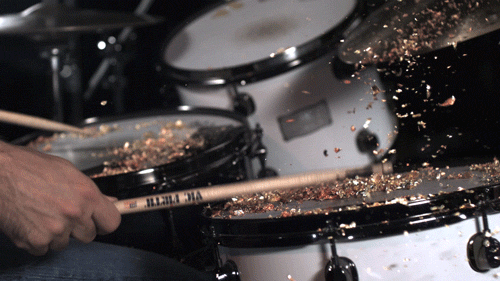
Best Transient Response
Transient responses “are impacts”—like the clatter of drumsticks or the sound of a guitar pick snapping across the strings. If you want to record sharp, popping, impulse sounds you’ll make the best recording with a condenser microphone.
Higher Sensitivity and Lower Noise
Again, this is based on the assumption that you will obtain a high-quality condenser microphone. A good quality condenser microphone is extremely sensitive to sound accuracy and will not introduce errant static.
Condenser microphones make extremely accurate recordings which can be both a positive and a negative. Accuracy is important, but sometimes you get a better sound by enhancing the recording with harmonic distortion. However, a sound track can always be manipulated in post-production, so there is an obvious benefit to an accurate recording.
4. Condenser Microphones or Dynamic Microphones?
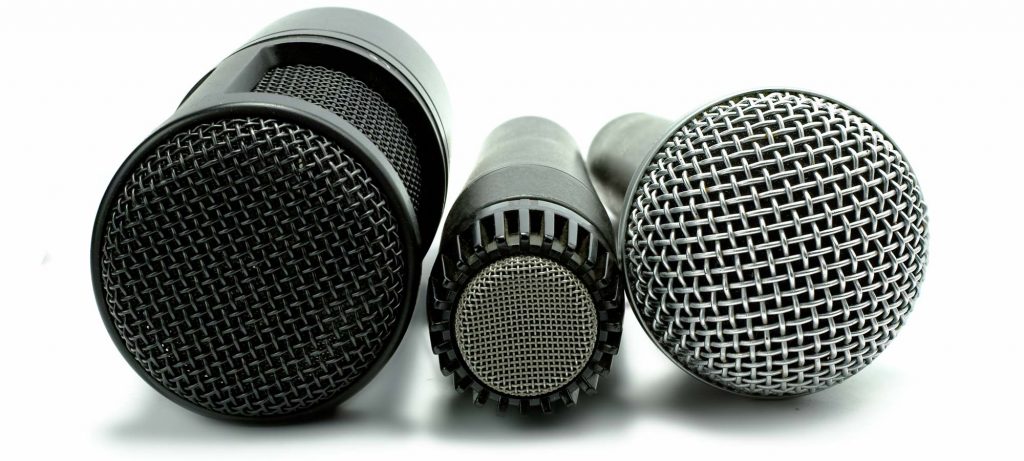
Now, many of you may be asking: “why not use dynamic microphones instead? What are the advantages of condenser microphones? I’ve had a dynamic microphone for years… are condenser mics really better than dynamic mics?”
It depends on what you’re trying to accomplish. For outdoor recording and live broadcasting, dynamic microphones offer some real, tangible advantages. However, I’d argue that if you have a home studio and you can control the acoustics of your environment, the condenser mic is the way to go.
A Bit About Dynamic and Condenser Microphones
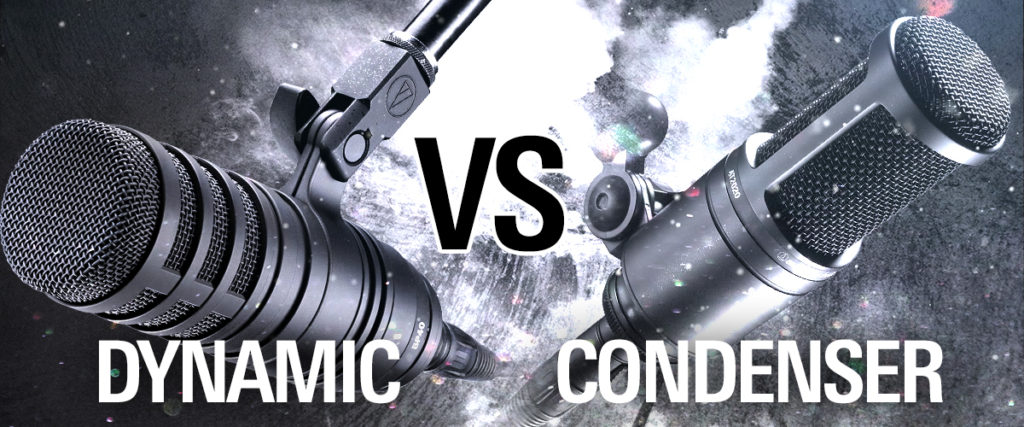
These two types of microphones are among the most common options you’ll see, and each one has its strengths.
Dynamic mics are a little less fragile than condenser microphones because of the physical way they’re actually designed. The dynamic mic will have three main components: the diaphragm, the voice coil, and a magnet. When the diaphragm comes in contact with sound waves, it causes the voice coil to vibrate. The vibrations of the coil affect the magnetic field created by the magnet, and these disruptions can be translated into electrical signals, and then back into sounds with the use of a speaker.
Condenser (or “capacitor”) mics use the diaphragm and an electrically charged backplate, which are both encased in a diaphragm case. When sound waves hit the diaphragm in this model, it affects the electrical field surrounding the backplate, which are then translated into electrical signals.
This is why the condenser microphone needs some sort of additional power source. While a dynamic mic can rely on a magnetic field that will exist regardless of whether or not it’s plugged in, a condenser mic needs some sort of electrical current to charge the backplate.
Practical Differences Between Condenser and Dynamic Mics
There are many excellent designs for dynamic mics that have great sound quality––the Shure SM57 and SM58 are used almost universally because of their durability and longevity. The thing to remember with dynamic mics is that their frequency response is more limited.
While that makes them ideal for live performances––rocking and rolling with high sound pressure levels and lots of background noise––it also means that they aren’t quite as accurate in terms of picking up subtleties. Dynamic mics will also frequently pick up less volume if the sound source moves, while a condenser microphone is more likely to maintain a level sound that is more natural.
Condenser microphones are often more expensive than their dynamic microphone cousins. Still, they’re better for recording vocals and acoustics.
5. Power Sources and Condenser Microphones

Because condenser mics need external power, it can help to understand these systems a bit. The earliest condenser mics in the early-mid 1900s used large power supply units. These were heavy and unwieldy. The inconvenience didn’t do much to help make them easy to use.
In the 1960s, it became common for mixing desks to come with a feature that allowed them to supply power directly to condenser mics. The direct connection made them much simpler for studio recording.
Condenser mics became standardized in studios across the world. After that, it was no longer such a headache to keep their backplates charged. Now it isn’t difficult to use them at all, even in a typical home studio setup.
Not to mention, now almost all audio interfaces (like the Focusrite Scarlett 2i2 pictured above) come with 48v phantom power built-in.
6. What Is the Sound Quality Like?
The true advantage of the condenser microphone is that it generates great sound quality. It’s more accurate than dynamic mics. It is also more responsive. It doesn’t just get the lower-range sounds––it also picks up changes in sound and is more attuned to the “speed” of a sound.
We talked a little bit about frequency range. But there’s another important factor with sound speed––namely the transient response. This allows condenser mics to pick up the quick “hits” of sound that can come and go in just a flash. A pick on an acoustic guitar, for instance, will sound much more real if it’s recorded on a condenser mic. The dynamic mic doesn’t respond as quickly to these bursts of sound.
7. Omnidirectional vs Cardioid vs Supercardioid
Omnidirectional 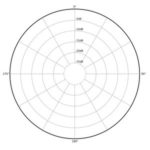
Omnidirectional microphones pick up sound from all directions. All microphones are naturally omnidirectional microphones. They are engineered differently to create directional polar patterns. Omnis are great for capturing room sound.
Cardioid
Cardioid mics are best for recording what’s directly in front of them. They reject sounds from the sides and rear. These microphones are best when you’re micing multiple things at once and looking to avoid unnecessary room ambiance. These are the most common kind of microphone for both studio and live performance.
Supercardioid 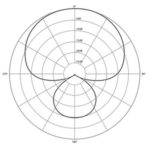
Supercardioid mics are more directionally-focused than cardioid mics. However, they have sensitive rear lobes that do pick up sound. Placing these mics can be a bit trickier because of this.
Condenser Microphones and You
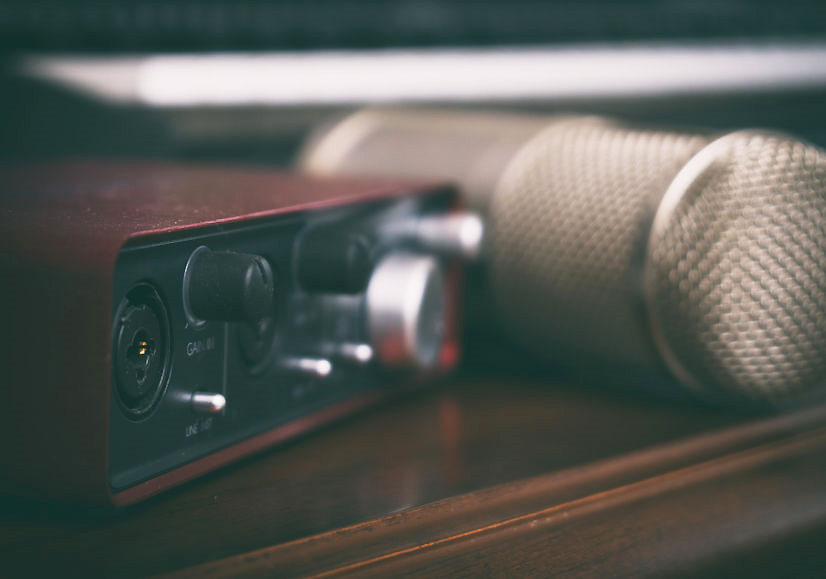
When somebody asks the question, “what is a condenser microphone,” don’t be intimidated by the science. Just remember that a condenser microphone works on an electrostatic rather than electromagnetic principle that results in several recording advantages.
With a condenser microphone, you get an accurate recording with a wide frequency response and great transient response capture. With a studio condenser microphone, you can be assured of a studio-quality recording that will allow your band, podcast, or any other form of recording art to go to the next level.
Condenser mics do usually have a higher price point, and some people who only producer, mix & master, or otherwise, may not need a high-end mic—or even a mic at all.
That’s okay. But if you plan on doing any sort of recording in your home studio, a quality condenser mic will be able to cover the widest range of options. It just gets the best sound capture, and if you can start with a quality capture, you make all the following steps easier as a result.
